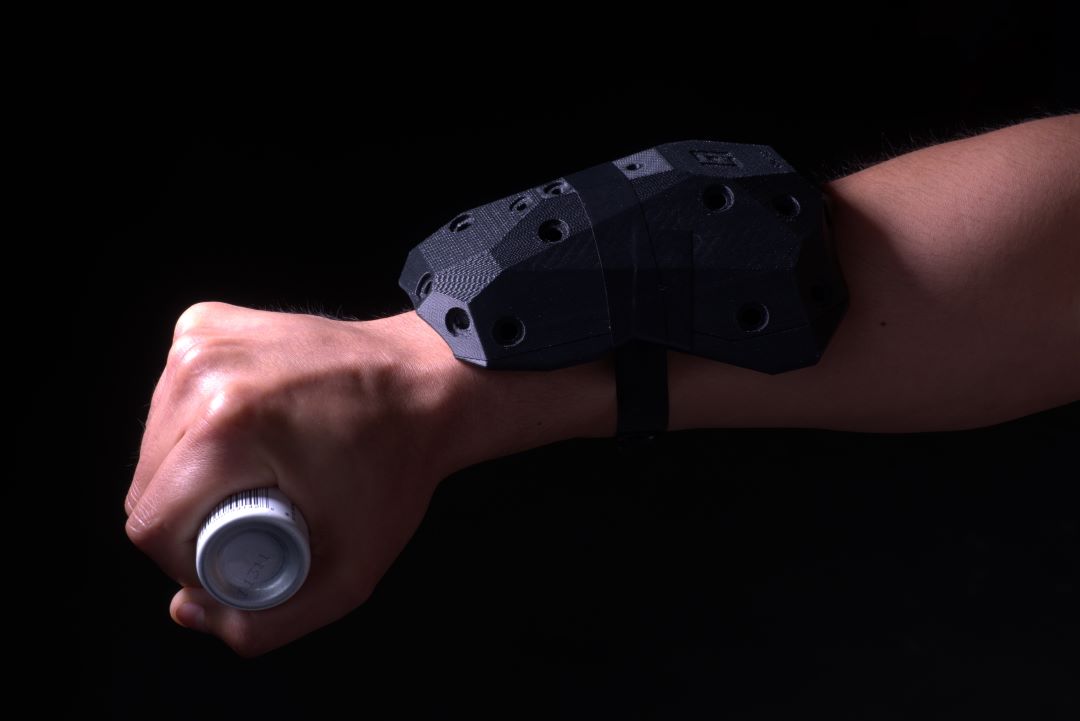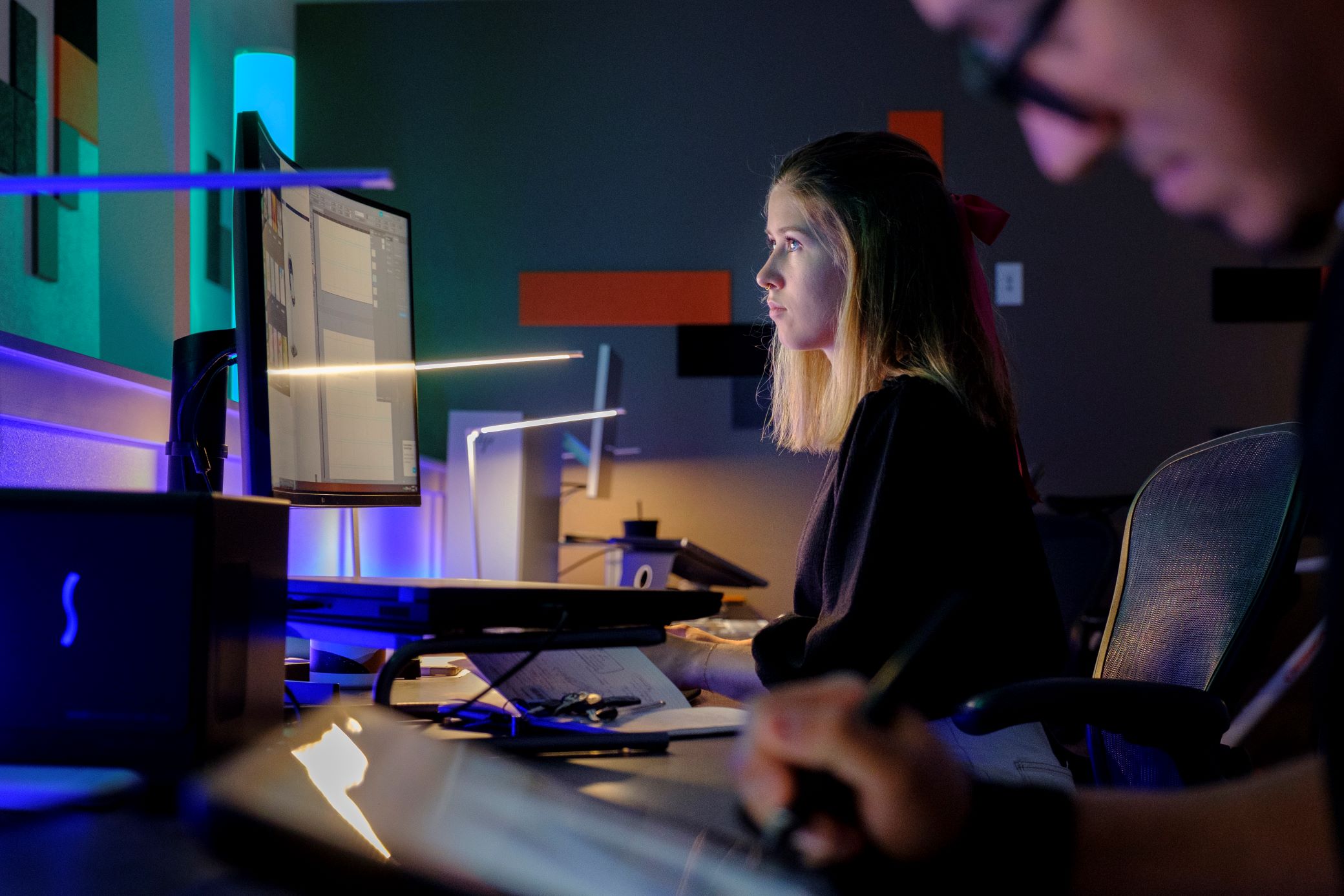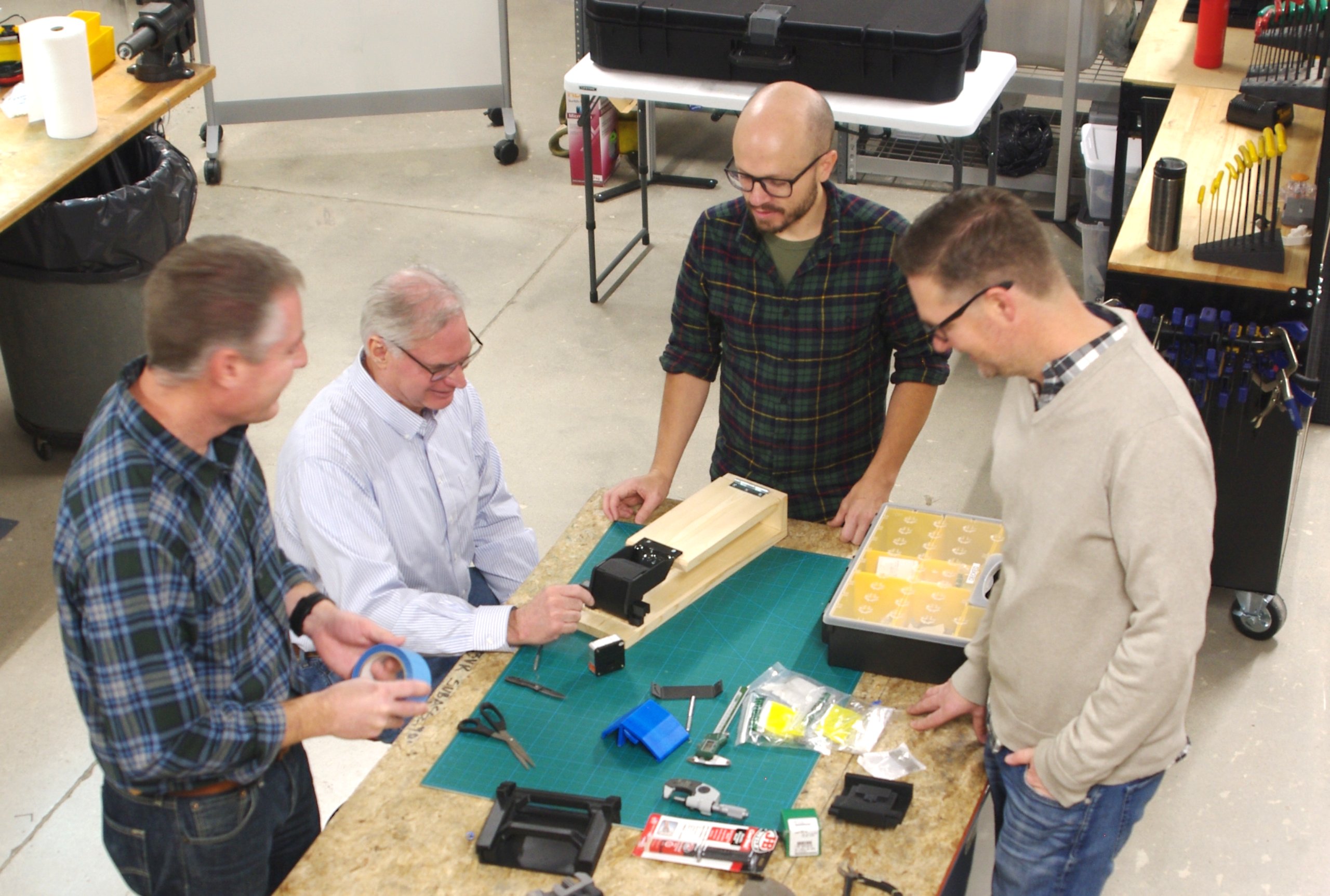Physical product design is the process of creating a tangible item that meets the needs of users while also considering factors such as aesthetics, functionality, and production feasibility. The design of a physical product involves a series of steps, including conceptualization, design development, user experience, and production planning. Each step requires careful consideration and attention to detail to ensure that the final product meets the desired specifications.
Conceptualization is the first step in the physical product design process. During this phase, designers brainstorm ideas and create sketches or models to explore different design options. Once a design concept is chosen, the next step is design development. This involves creating detailed drawings or 3D models of the product to refine the design and ensure that it meets the desired specifications.
User experience is also an important factor in physical product design. Designers must consider how users will interact with the product and ensure that it is easy to use and meets their needs. Production planning is the final step in the design process and involves determining the best way to manufacture the product on a large scale while ensuring quality and efficiency.
Key Takeaways
- Physical product design involves a series of steps, including conceptualization, design development, user experience, and production planning.
- Designers must consider factors such as aesthetics, functionality, and production feasibility when creating a physical product.
- User experience is an important factor in physical product design, and designers must ensure that the product meets the needs of users.
Conceptualization
The conceptualization phase is a critical stage in the physical product design process. It involves identifying the target market, generating ideas, and conducting a feasibility study to determine the viability of the product.
Market Research
The first step in the conceptualization phase is to conduct market research to identify potential customers and their needs. This involves analyzing the current market trends, the competition, and the target audience. By understanding the market, designers can develop a product that meets the needs of the customers and stands out from the competition.
Idea Generation
Once the market research is completed, the next step is to generate ideas for the product. This can be done through brainstorming sessions, surveys, or focus groups. The goal is to come up with a unique and innovative idea that solves a problem or meets a need in the market.
Feasibility Study
After generating ideas, the next step is to conduct a feasibility study to determine the viability of the product. This involves analyzing the technical, financial, and legal aspects of the product. The goal is to identify any potential roadblocks or challenges that may arise during the development and production phases. By conducting a feasibility study, designers can ensure that the product is feasible and can be brought to market successfully.
Overall, the conceptualization phase is a crucial step in the physical product design process. By conducting market research, generating ideas, and conducting a feasibility study, designers can develop a product that meets the needs of the customers and stands out from the competition.
Design Development
The design development stage is where physical product design begins to take shape. This stage involves the creation of sketches, prototypes, and the selection of materials. The design development stage is critical to the success of a product as it lays the foundation for the final product design.
Sketching and Rendering
Sketching and rendering are the first steps in the design development stage. Sketching allows designers to visually communicate their ideas and explore different design options. It is a quick and low-cost way to generate ideas and refine designs.
Once a design has been sketched, designers can create a rendering of the product. A rendering is a digital or physical representation of the product that provides a more realistic view of the design. Renderings can be used to communicate the design to stakeholders and to identify any potential design issues.
Engineering
In the engineering phases of development, specialists determine how the product will function and how it will be manufactured. This includes mechanical engineers focusing on mechanism design, enclosure engineering, ruggedization, and durability. Electrical engineering will focused on circuit board design, power management, and I/O. Firmware engineers focus on developing the code that lives on the device to make the electronics and electro-mechanical subsystems operate as intended.
Prototyping
Prototyping is the next step in the design development stage. A prototype is a physical representation of the product that allows designers to test the design and identify any issues. Prototyping can be done using a variety of materials and techniques, depending on the complexity of the product.
Prototyping allows designers to test the functionality, ergonomics, and aesthetics of the product. It also allows designers to identify any potential manufacturing issues and make changes before the final product is produced.
Material Selection
Material selection is a critical part of the design development stage. The materials used in a product can affect its functionality, durability, and aesthetics. Designers must consider a variety of factors when selecting materials, including cost, availability, and environmental impact.
Designers must also consider the manufacturing process when selecting materials. Some materials may be more difficult or expensive to manufacture, which can affect the overall cost of the product.
In conclusion, the design development stage is a critical part of physical product design. It involves sketching and rendering, prototyping, and material selection. These steps lay the foundation for the final product design and ensure that the product is functional, aesthetically pleasing, and manufacturable.
User Experience
When it comes to physical product design, user experience is a crucial aspect that should never be overlooked. A positive user experience can make or break a product's success in the market. This section will discuss three key components of user experience: ergonomics, user interface design, and accessibility.
Ergonomics
Ergonomics refers to the study of how people interact with products and how to design products that are comfortable and efficient to use. A product that is ergonomically designed will reduce the risk of injury, improve productivity, and enhance the overall user experience.
Some key factors to consider when designing for ergonomics include the size and shape of the product, the placement of buttons and controls, and the materials used to construct the product. It is important to consider the needs of the user and design a product that is tailored to their specific needs.
User Interface Design
User interface design refers to the visual and interactive elements of a product that allow the user to interact with it. A well-designed user interface can make a product easy to use and improve the overall user experience.
When designing for user interface, it is important to consider the user's needs and how they will interact with the product. Some key factors to consider include the layout of the product, the placement of buttons and controls, and the use of color and typography.
Accessibility
Accessibility refers to the design of products that can be used by people with disabilities. A product that is accessible will improve the user experience for a wider range of users and increase the product's overall marketability.
Some key factors to consider when designing for accessibility include the use of large, easy-to-read fonts, the inclusion of audio and visual cues, and the use of tactile feedback. It is important to consider the needs of all users and design a product that is accessible to everyone.
Production Planning
When it comes to physical product design, production planning is a crucial step in ensuring that the manufacturing process runs smoothly. This involves determining the manufacturing processes, estimating costs, and ensuring quality assurance.
Manufacturing Processes
Manufacturing processes refer to the methods used to transform raw materials into finished products. The choice of manufacturing process depends on factors such as the type of product, the materials used, and the desired output. Some common manufacturing processes include casting, molding, machining, and assembly.
Cost Estimation
Cost estimation involves determining the total cost of manufacturing a product. This includes the cost of raw materials, labor, and overhead. Accurate cost estimation is important for ensuring that the product is priced correctly and that the manufacturing process is financially viable.
Quality Assurance
Quality assurance is the process of ensuring that the product meets the required standards of quality. This involves testing the product at various stages of the manufacturing process to ensure that it meets the required specifications. Quality assurance is important for ensuring customer satisfaction and preventing costly recalls.
Overall, production planning is an essential step in physical product design. By determining the manufacturing processes, estimating costs, and ensuring quality assurance, companies can ensure that their products are manufactured efficiently and meet the required standards of quality.
Sustainability
Physical product design has a significant impact on the environment. As such, sustainable design practices are becoming increasingly important. Here are some key considerations for designing sustainable products.
Eco-Friendly Materials
Choosing eco-friendly materials is one of the most important steps in sustainable product design. Materials that are renewable, biodegradable, or recyclable are preferred. For example, using bamboo instead of plastic for packaging can significantly reduce the product's environmental impact. Additionally, using recycled materials can help reduce waste and conserve resources.
Lifecycle Analysis
Lifecycle analysis involves evaluating a product's environmental impact throughout its entire lifecycle, from raw material extraction to disposal. This analysis can help designers identify areas where they can reduce the product's environmental impact. For example, using energy-efficient production processes can reduce the product's carbon footprint.
End-of-Life Considerations
Designers should also consider the product's end-of-life. Products that are designed to be easily disassembled and recycled or reused are preferred. Additionally, designing products to have a longer lifespan can reduce waste and conserve resources. For example, designing a product with replaceable parts can extend its lifespan and reduce the need for a new product.
In conclusion, sustainable design practices are essential for reducing the environmental impact of physical products. By choosing eco-friendly materials, conducting lifecycle analysis, and considering end-of-life options, designers can create products that are both functional and environmentally responsible.
.jpg)



